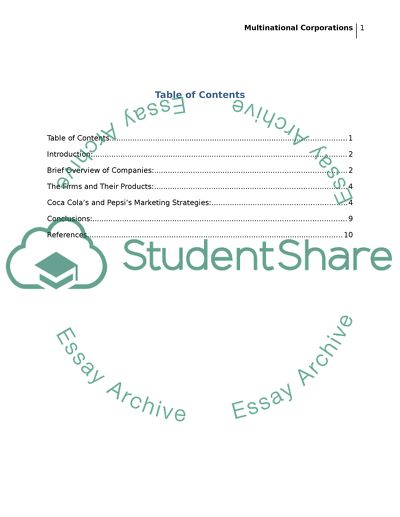Cite this document
(Coca Colas and Pepsis Marketing Strategies Term Paper, n.d.)
Coca Colas and Pepsis Marketing Strategies Term Paper. Retrieved from https://studentshare.org/marketing/1734206-multinational-corporation
Coca Colas and Pepsis Marketing Strategies Term Paper. Retrieved from https://studentshare.org/marketing/1734206-multinational-corporation
(Coca Colas and Pepsis Marketing Strategies Term Paper)
Coca Colas and Pepsis Marketing Strategies Term Paper. https://studentshare.org/marketing/1734206-multinational-corporation.
Coca Colas and Pepsis Marketing Strategies Term Paper. https://studentshare.org/marketing/1734206-multinational-corporation.
“Coca Colas and Pepsis Marketing Strategies Term Paper”, n.d. https://studentshare.org/marketing/1734206-multinational-corporation.


